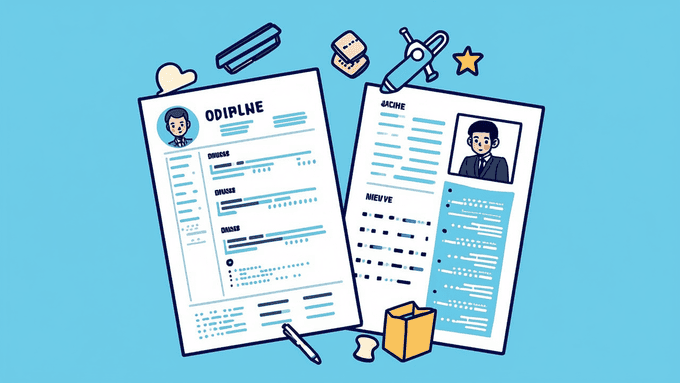Applicant Tracking Systems (ATS): A Comprehensive Guide for Job Seekers

Understanding Applicant Tracking Systems
An Applicant Tracking System (ATS) is software that companies employ to manage their hiring process. It automates tasks such as sorting resumes, identifying keywords, and tracking the progress of applicants, making it more efficient to handle a large volume of applications. It's essential for job seekers to have an ATS-friendly resume as it determines whether your application reaches the hiring manager.
Why Companies Utilize ATS
Companies use ATS for several reasons, including:
- Time-saving: It rapidly sorts through numerous resumes.
- Cost-effectiveness: Automating parts of the hiring process saves money.
- Consistency: Ensures all candidates are evaluated by the same standards.
- Improved candidate experience: Advanced systems keep applicants informed about their status.
- Data-driven decisions: Generates reports and analytics for smarter hiring choices.
- Compliance: Assists in adhering to local hiring laws and regulations.
- Talent pooling: Keeps applicant information for future opportunities.
How ATS Operates
Here's an insight into the workings of an ATS:
-
Assistance to Hiring Managers:
- Generates an "ideal candidate" profile based on the job description.
- Reviews incoming resumes against this profile and assigns scores.
- Screens out unqualified resumes, focusing managers on top candidates.
-
Knockout Questions:
- Pre-ATS database questions to filter out applicants who don't meet basic job requirements.
- Honest answers are crucial as discrepancies can lead to disqualification.
-
Accuracy of ATS:
- While advanced, ATS can miss nuances and struggle with creative formats or unique job titles.
- Modern systems can read various formats and recognize keywords, including synonyms.
Tailoring Your Resume for ATS Success
To boost your resume score and increase the chances of passing the ATS, consider these strategies:
-
Formatting:
- Use the reverse-chronological format, which is ATS-friendly and preferred by recruiters.
-
File Type:
- PDF is generally compatible with ATS and preserves formatting, but check job postings for employer preferences.
-
Layout:
- Keep it simple and well-structured to avoid ATS scanning issues.
-
Essential Sections:
- Include all important sections such as contact information, work experience, education, and skills.
-
Keywords:
- Incorporate keywords from the job ad to align your resume with the job requirements.
-
Resume Template:
- Choose an ATS-friendly template to ensure your resume is readable by the system.
ATS Resume Example
For a practical demonstration, an ATS-friendly resume should include all the elements mentioned above, formatted clearly and with an emphasis on keywords from the job description.
FAQs on Applicant Tracking Systems
Here are answers to common questions about ATS:
-
Do All Hiring Managers Use ATS?
- While not all companies use ATS, it's increasingly common in large corporations and mid-sized businesses.
-
How to Pass the ATS?
- Tailor your resume to each job application, highlighting how your skills and experience match the specific requirements.
-
Can ATS Reject Your Application Without a Human Ever Seeing It?
- Yes, if your resume lacks essential qualifications or keywords, or if it’s not in an ATS-friendly format.
-
Are There Any Disadvantages of ATS for Job Seekers?
- The main disadvantage is that qualified candidates can be overlooked due to formatting issues or missing keywords.
Key Takeaways
In summary, Applicant Tracking Systems are widely used in the hiring process. To pass the initial screening, tailor your resume for each job application, focusing on keywords from the job ad. Use a clean, simple format and an ATS-friendly file type. By doing so, you increase your chances of landing an interview.